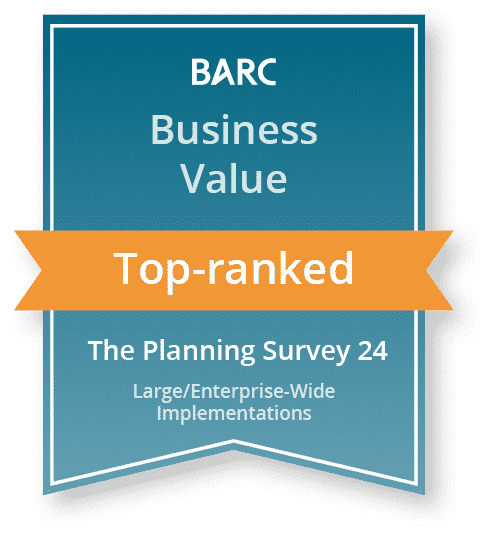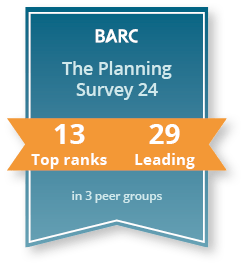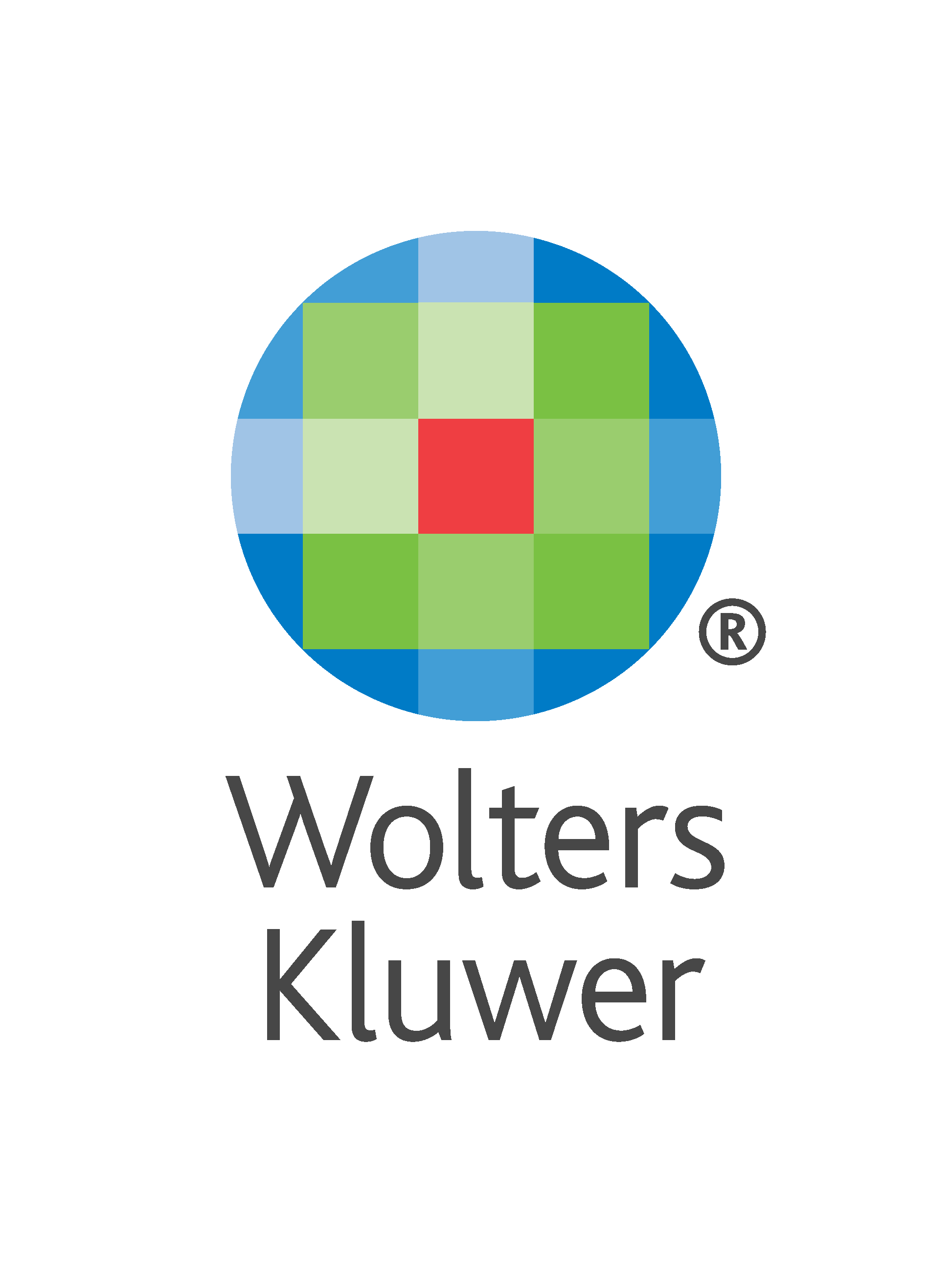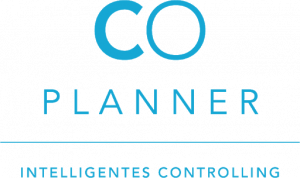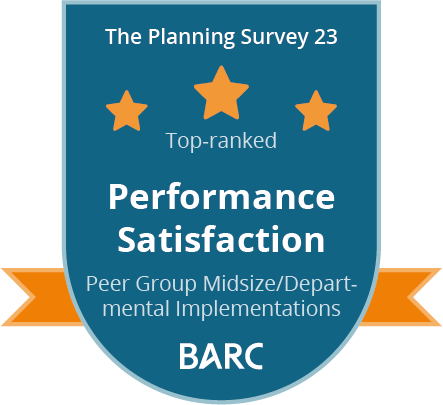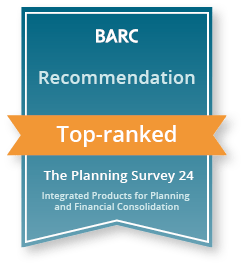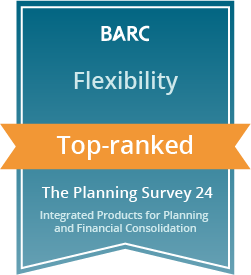Compare leading financial planning tools and software
Financial planning and forecasting focus on the financial goals of an organization. They are essential for managing organizations and setting financial goals. At its core, financial planning is about planning the balance sheet, income statement and liquidity (cash flow). In addition to the usual modeling and planning functions, market-leading software tools also offer options for group consolidation, financial reporting and analysis.
- User rating
What is Anaplan
Cloud-based planning and performance management platform for use across financial and various operational business departments with complementary analytics functionality. Anaplan and its global partner ecosystem offer additional industry-specific prebuilt solutions across a number of verticals.
- Functions (BARC classification)
Functions (BARC classification)
● = Function covered, ●● = Functional focus
● = Function covered
●● = Functional focus
- User rating
What is Bissantz DeltaMaster
Integrated product for (advanced) analysis, reporting, dashboards and planning. Vast array of intelligent analysis functions for large data volumes (including statistical and advanced analytics methods) and innovative chart types for data-dense reports and dashboards.
- Functions (BARC classification)
Functions (BARC classification)
● = Function covered, ●● = Functional focus
● = Function covered
●● = Functional focus
- User rating
What is Board
Flexible, fully web-based platform with tightly integrated system architecture of proprietary multidimensional in-memory database and front ends. Graphical no-code development environment for business power users to create tailored planning and performance management applications.
- Functions (BARC classification)
Functions (BARC classification)
● = Function covered, ●● = Functional focus
● = Function covered
●● = Functional focus
- User rating
What is CCH Tagetik
Unified platform for financial corporate management (financial consolidation and close; budgeting, planning and forecasting; ESG and regulatory reporting; corporate tax). Supplementary solutions for financial and regulatory use cases (account reconciliation; financial reporting, disclosure management and iXBRL; transaction matching; IFRS 16, IFRS 17; and solvency II) as well as selected operational plans.
- Functions (BARC classification)
Functions (BARC classification)
● = Function covered, ●● = Functional focus
● = Function covered
●● = Functional focus
- User rating
What is CoPlanner
Integrated and feature-rich platform for building individual planning, budgeting and forecasting applications with supplementary functions for reporting, analysis and financial consolidation. Comprehensive planning functions for top-down and bottom-up planning including workflow support.
- Functions (BARC classification)
Functions (BARC classification)
● = Function covered, ●● = Functional focus
● = Function covered
●● = Functional focus
- User rating
What is Jedox
Flexible performance management platform for planning, budgeting and forecasting, reporting, dashboarding, analysis and financial consolidation, designed for business users. Supplementary marketplace for predefined but flexibly adaptable solutions and accelerators.
- Functions (BARC classification)
Functions (BARC classification)
● = Function covered, ●● = Functional focus
● = Function covered
●● = Functional focus
- User rating
What is LucaNet
Integrated software portfolio for financial performance management with solutions for financial consolidation and close, financial planning and budgeting, financial and legal reporting, ESG, tax and additional financial management topics.
- Functions (BARC classification)
Functions (BARC classification)
● = Function covered, ●● = Functional focus
● = Function covered
●● = Functional focus
- User rating
What is OneStream
Integrated performance management platform for financial consolidation and close, planning, budgeting and forecasting, reporting and analytics with built-in financial intelligence and financial data quality capabilities. Supplementary integrated marketplace with business and productivity solutions that allow customers to extend the platform with additional capabilities.
- Functions (BARC classification)
Functions (BARC classification)
● = Function covered, ●● = Functional focus
● = Function covered
●● = Functional focus
- User rating
What is Unit4 FP&A
Flexible, integrated performance management platform for planning, budgeting and forecasting, reporting, analysis, dashboarding and financial consolidation with complementary predefined business and industry solutions; focused on Unit4 ERP customers
- Functions (BARC classification)
Functions (BARC classification)
● = Function covered, ●● = Functional focus
● = Function covered
●● = Functional focus
- User rating
What is Valsight
Comprehensive platform for value-driver-based planning, forecasting and simulation including the transparent visualization and interactive analysis of simulation results.
- Functions (BARC classification)
Functions (BARC classification)
● = Function covered, ●● = Functional focus
● = Function covered
●● = Functional focus
- User rating
What is Vena
Cloud-based CPM platform for planning, budgeting and forecasting, reporting, analytics, group consolidation and financial statements based on Microsoft Excel as the user interface
- Functions (BARC classification)
Functions (BARC classification)
● = Function covered, ●● = Functional focus
● = Function covered
●● = Functional focus
- User rating
What is Corporate Planning Corporate Planner
Integrated platform for operational management, financial planning, sales management, financial consolidation, HR management and management reporting for business users. Comprehensive, predefined planning functions (with flexible capabilities for top-down and bottom-up planning) and business analyses.
- Functions (BARC classification)
Functions (BARC classification)
● = Function covered, ●● = Functional focus
● = Function covered
●● = Functional focus
- User rating
What is evidanza
Platform for building individual analytics and performance management applications (reporting, analysis, planning) with additional functions for collaboration.
- Functions (BARC classification)
Functions (BARC classification)
● = Function covered, ●● = Functional focus
● = Function covered
●● = Functional focus
- User rating
What is IBM Planning Analytics
Flexibile platform for business power users to create tailored planning, budgeting and forecasting as well as analytics applications based on a high-performance and scalable in-memory database. Comprehensive functionality for preparing individual content in Excel and publishing it to the web.
- Functions (BARC classification)
Functions (BARC classification)
● = Function covered, ●● = Functional focus
● = Function covered
●● = Functional focus
- User rating
What is insightsoftware IDL
Integrated financial performance management platform for financial consolidation, financial planning, operational planning, management reporting, regulatory reporting and analysis.
- Functions (BARC classification)
Functions (BARC classification)
● = Function covered, ●● = Functional focus
● = Function covered
●● = Functional focus
- User rating
What is macs Software
Comprehensive planning and performance management solution for fully integrated, detailed business planning (operational controlling, cost and performance accounting) including prebuilt business planning logic for integrated corporate planning, especially for medium-sized manufacturing companies.
- Functions (BARC classification)
Functions (BARC classification)
● = Function covered, ●● = Functional focus
● = Function covered
●● = Functional focus
- User rating
What is Oracle Cloud EPM
Comprehensive performance management portfolio including a full suite of products and configurable applications covering all relevant EPM processes (e.g., planning, budgeting and forecasting, profitability and cost management, financial consolidation and close, account reconciliation, financial and management reporting, tax provision and reporting, transfer pricing, ESG/sustainability reporting, analytics and enterprise data management).
- Functions (BARC classification)
Functions (BARC classification)
● = Function covered, ●● = Functional focus
● = Function covered
●● = Functional focus
- User rating
What is Phocas
Comprehensive cloud-based platform for BI and analytics, budgeting and forecasting, financial reporting and analysis. Flexible platform for business users to create individual planning, budgeting and forecasting applications, typically used in addition to Phocas’ BI and analytics capabilities.
- Functions (BARC classification)
Functions (BARC classification)
● = Function covered, ●● = Functional focus
● = Function covered
●● = Functional focus
- User rating
What is Prophix
Integrated, cloud-based performance management platform for mid-sized companies focused on planning, budgeting and forecasting, reporting and analysis. Comprehensive functionality for financial consolidation and close, management reporting, intercompany reconciliation as well as specialty solutions for IFRS 16 and iXBRL are available with the integration of Sigma Conso.
- Functions (BARC classification)
Functions (BARC classification)
● = Function covered, ●● = Functional focus
● = Function covered
●● = Functional focus
- User rating
What is SAP Analytics Cloud
Integrated business-user-friendly platform for enterprise planning and BI with embedded capabilities for augmented analytics and application design. Comprehensive capabilities for implementing custom planning applications with supporting workflow and collaboration functionality.
- Functions (BARC classification)
Functions (BARC classification)
● = Function covered, ●● = Functional focus
● = Function covered
●● = Functional focus
- User rating
What is SAP Business Planning and Consolidation (BPC)
Integrated solution for planning and financial consolidation based on SAP BW/4HANA as the technical basis with web and Excel front-ends
- Functions (BARC classification)
Functions (BARC classification)
● = Function covered, ●● = Functional focus
● = Function covered
●● = Functional focus
Are you a vendor and feel your solution is missing? Contact us to find out how to get your product listed.
Find out how we can help you.
Learn more about financial planning tools and software comparisons
Financial Performance Management (FPM) plays a critical role in driving business performance. As such, it is one of the key management tasks aimed at aligning a company’s strategy with its business processes to achieve the best possible performance at strategic, tactical and operational levels.
FPM focuses on the optimization of management processes in finance and controlling. The core elements of financial performance management are financial planning, group consolidation, disclosure management and internal management reporting, as well as the analysis of financial data.
What is financial planning?
Financial planning and forecasting refer to the planning of an organization’s financial results. As such, both are central to the financial management of organizations and define financial goals. The goal of financial planning is to maximize profits and increase shareholder value. On the other hand, it must ensure liquidity and thus the continued existence of the organization. To ensure liquidity, it is essential to balance future revenues and planned expenses in order to avoid insolvency.
Integrated financial management and financial performance management (FPM)
Integrated financial performance management generally requires the planning, management and control of an organization’s financial performance. While financial planning sets the financial goals of an organization, financial reporting must continuously inform internal and external stakeholders about the achievement of these goals. Financial analysis must identify variances so action can be taken when necessary. Depending on whether the analysis is performed at individual company or group level, it may be necessary to consolidate the financial results of individual companies and subgroups in order to present them correctly from a group perspective.
Integrated and meaningful financial planning, on the other hand, requires a link to the operational sub-plans (operational planning) in order to present a comprehensive financial view of a company. The impact of operational planning on a company’s financial results (balance sheet, income statement, cash flow) is only transparent if it is fully integrated.
What are the typical features of financial planning tools?
Modern financial planning and financial performance management software platforms provide robust support for all tasks related to planning, managing and controlling an organization’s financial performance.
Key features of financial planning tools include:
- Modeling: Business-friendly modeling (e.g., importing and setting up the required planning structures, flexible definition of the key figures to be planned).
- Business content: Predefined solutions can help speed up implementation, especially in the early stages of a project. It is essential that this financial planning content can be customized to individual requirements (e.g., position plans, P&L structure, DB invoice).
- Currencies: Support for multiple currencies including currency conversion. Plan data must be entered flexibly in different currencies (e.g., local vs. group currency) and converted at different exchange rates (e.g., average rates, closing rates).
- Planning masks: Flexible structure of individual planning masks with freely definable content, which can be used to enter data in the financial planning model.
- Workflows: Definition of planning processes to control all parties involved in financial planning. Workflows support process-based collaboration between planners.
- Plan data entry: Support for plan data entry, commenting on entered values, data distribution functions, etc.
- Simulation and Forecasting: Functions for simulating and analyzing scenarios and for flexibly creating (rolling) financial forecasts and predictive forecast models.
Because financial planning is closely linked to the other FPM disciplines described above, market-leading software platforms often also provide functionality for the following tasks:
- Group consolidation: Consolidation of group results (actual and planned data) that meet external requirements (legal, commercial) as well as internal requirements (management views).
- Financial reporting: External reporting (disclosure management), e.g., to fulfill the obligation to publish annual financial statements. Internal reporting to provide management with financial information.
- Financial analysis: Analyzing financial data (e.g., plan/actual variances) and scenarios (e.g., best case/worst case, what-if).
What are the benefits of financial planning solutions?
Organizations most commonly achieve the following benefits and value from financial planning tools:
- Increased visibility into financial performance
- Better and more informed financial management decisions
- More accurate and detailed planning of financial results
- Improved quality of planning results
- Better integration of financial planning, financial reporting/analysis and group consolidation
BARC’s experience and in-depth analysis shows that only software tools that best meet the requirements of the organization using them can deliver a high level of value. Therefore, a comparative evaluation of different solutions is essential during the software selection process in order to harmonize the functional scope with your own requirements.
Why should you compare financial planning software and what should you look for?
The goal of sound software support must be to cover all existing functional and technical requirements.
The financial planning and performance management software market offers a wide range of products. Each tool has its own strengths and weaknesses. We therefore recommend a step-by-step approach. The first step should always be a functional, technical and organizational requirements analysis that includes all key future users of the tool. The next steps in the evaluation process are the creation of a long list, the reduction to a shortlist based on knock-out criteria, and the detailed evaluation of the remaining solutions.
In general, organizations should pay particular attention to the following criteria when selecting a financial planning solution:
- Coverage of all planning requirements and support for the planning process
- Inclusion of predefined business content for integrated financial planning
- Support for neighboring disciplines such as reporting, analysis or group consolidation
- High degree of usability
- Predefined interfaces and data integration capabilities from source systems (e.g. ERP)
- Embedding of the solution into the current and future system landscape/architecture
Comparative evaluation of multiple software solutions is critical to making a future-proof decision. A conscientious approach protects organizations from making the wrong decisions.

